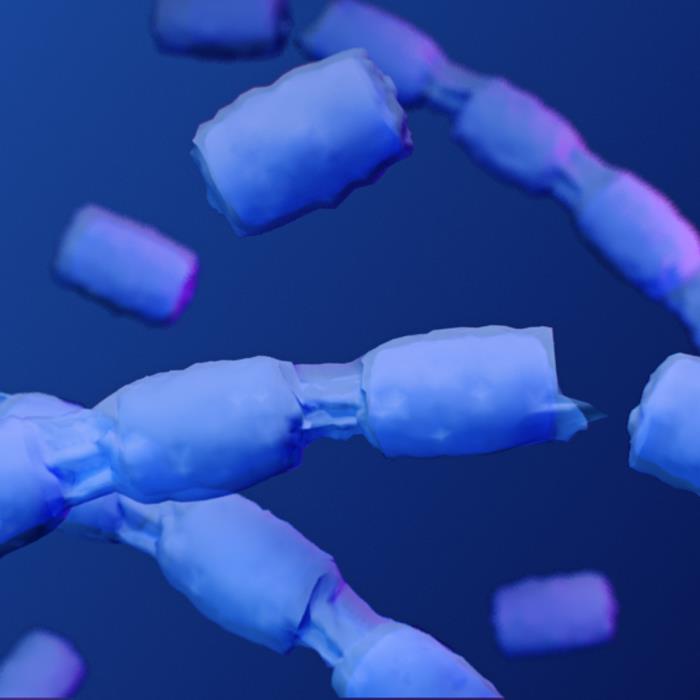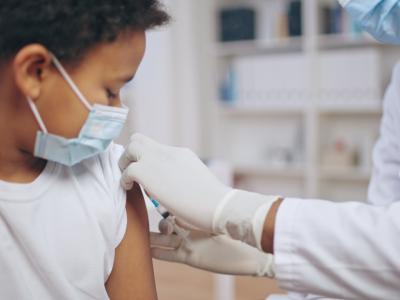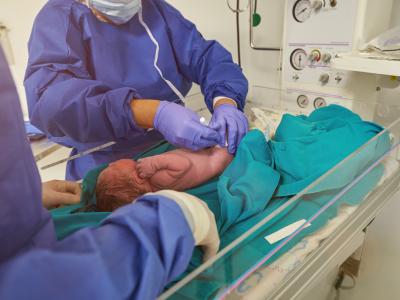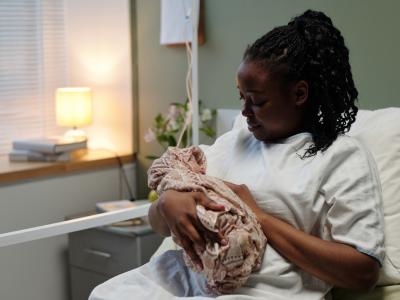
Researchers at Indiana University have announced that they developed a molecular test that can simultaneously detect three major disease-causing fungi much faster than traditional methods, speeding treatment.
The research was presented at the recent Association for Molecular Pathology 2025 Annual Meeting and Expo in Boston.
Histoplasmosis, blastomycosis, and coccidioidomycosis, which are often linked to contaminated soil, occur in different parts of the United States. Because they are often mistaken for other respiratory illnesses, correct diagnosis of the potentially life-threatening infections remains low, which delays treatment.
The real-time polymerase chain reaction (PCR) test directly targets genetic regions unique to each fungus, bypassing the slow culture process that is complicated by the fungi’s ability to switch between environmental and human forms.
Compared with standard methods, the PCR test identified all samples with 100% accuracy. In addition, it was 100% specific, meaning that it didn't mistakenly flag other fungi or contaminants.
"Our assay has the potential to significantly improve turnaround time and diagnostic confidence for infections that have historically been difficult to detect quickly," Kenneth Gavina, PhD, who oversaw the project, said in the AMP news release.
Could fill 'major gap' in fungal diagnostics
Histoplasmosis, which is most common in the Ohio and Mississippi river valleys, usually presents as a lung infection in patients who have inhaled soil containing bird or bat droppings. Blastomycosis, which occurs mainly in the central and southeastern United States, also presents as a lung infection but can spread to bones, skin, and other organs.
Clinicians currently have no FDA [US Food and Drug Administration]–approved molecular tests for these three pathogens, making rapid, reliable detection a pressing need.
Coccidioidomycosis, or valley fever, typically causes mild infection but can lead to severe pneumonia or infection elsewhere in the body. It is seen primarily in southwestern states.
"While additional clinical validation is under way, this assay shows strong potential to fill a major gap in fungal diagnostics," Gavina said. "Clinicians currently have no FDA [US Food and Drug Administration]–approved molecular tests for these three pathogens, making rapid, reliable detection a pressing need."














